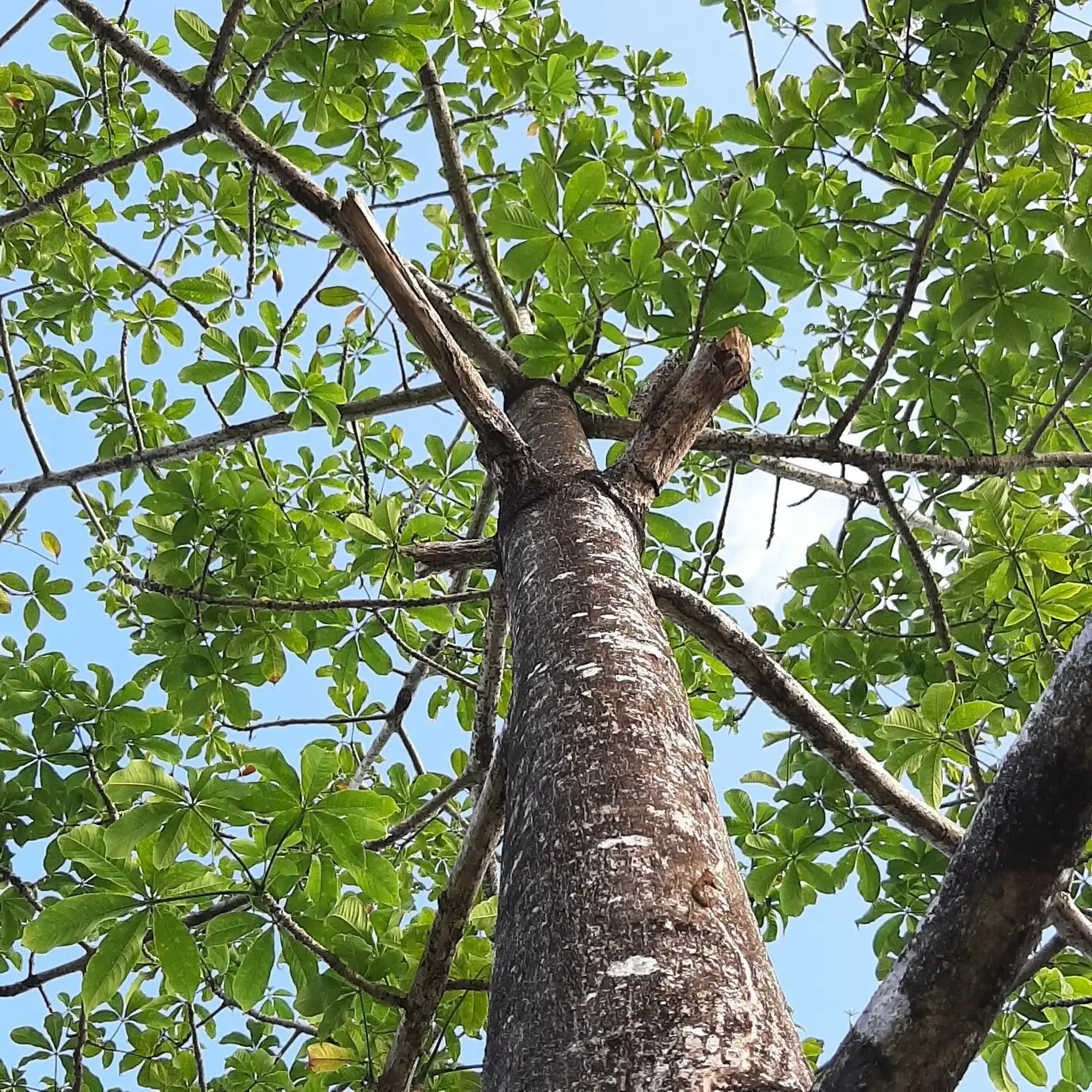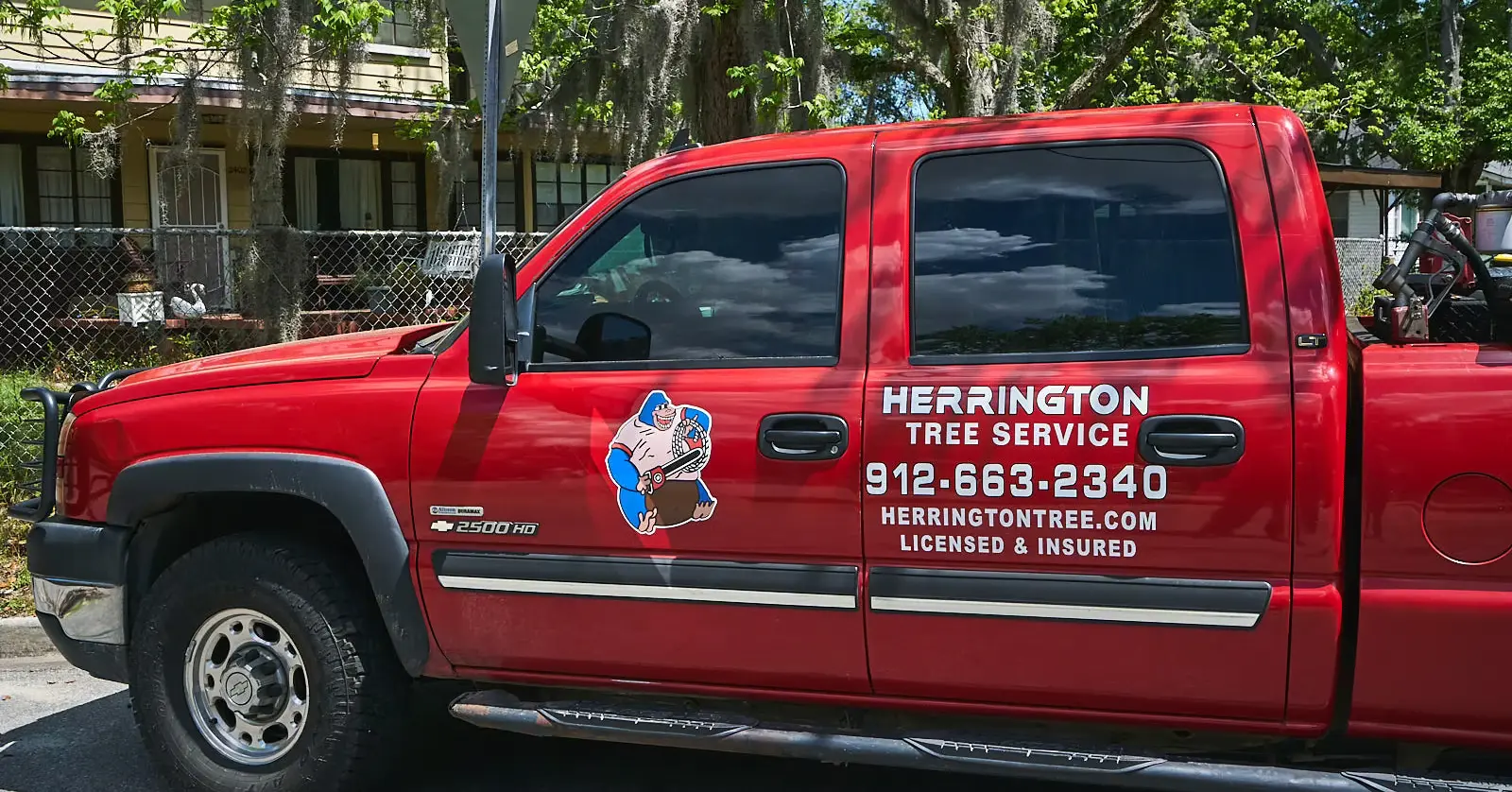Tree Deep Root Feeding & Fertilization Services in Savannah, GA
Trees require more than just sunlight and water to remain healthy. Unfortunately, in many suburban and urban environments, the soil lacks many of the essential nutrients each tree craves. The result is stunted growth, susceptibility to disease, and early decline. The good news is that you can give your trees proper nutrition with carefully applied, slow-release fertilizers.
At Herrington Tree Care, we make it easy to give your trees everything they need to not only survive but to thrive. Our professional deep root feeding services in Savannah, GA, for example, restore tree vitality and support long-term health by injecting a dry, water-soluble root growth stimulant into the soil. This fertilizer is rich in nitrogen and phosphorus and can enhance soil composition while strengthening your tree.
Could your tree use a boost? Contact our plant health care specialists today for more information on our deep root fertilization services!
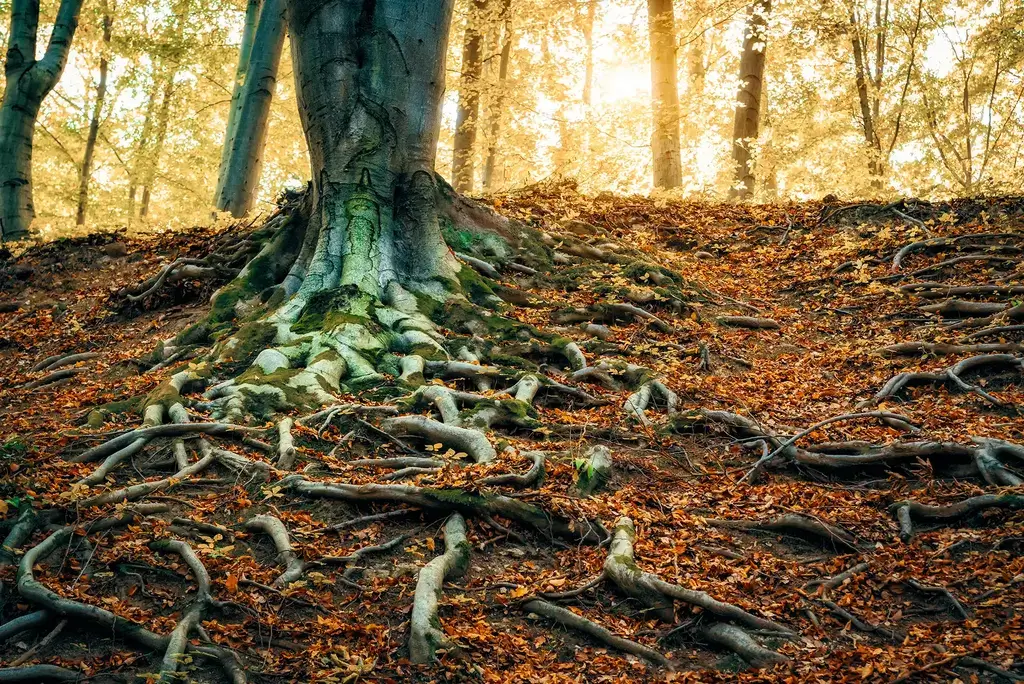
What Is Deep Root Fertilization?
Deep root fertilization is a specialized process that delivers liquid fertilizer directly into the root zone of a tree. Unlike with surface applications, which may never penetrate dense or compacted soil or may be washed away by rain or irrigation, deep root feeding allows a tree’s roots to immediately absorb nutrients and water.
During a typical deep root fertilization service, our tree care specialists use high-pressure equipment to inject a balanced, nutrient-rich solution deep into the soil, reaching depths of about 8 inches. This approach bypasses surface barriers, breaks up compacted soil, and delivers vital nutrients like nitrogen, potassium, phosphorus, and micronutrients directly to the roots. This method of fertilization is particularly effective for trees in high-traffic areas, newly developed properties, and landscapes where soil health has been compromised over time.
The result is:
- Healthier Foliage and Canopy Growth: Nutrient deficiencies often cause pale leaves (chlorosis), thinning canopies, and early leaf drop. By replenishing the soil with essential nutrients, deep root fertilization can dramatically improve leaf color, size, and density, which naturally translates into fuller, more vibrant trees that add aesthetic appeal and shade to the property.
- Enhanced Root Development: Deep root feeding promotes the growth of dense, fibrous root systems that help stabilize trees and enhance their access to underground water and nutrients. As a result, trees are better equipped to endure periods of drought and high wind.
- Faster Recovery From Environmental Stress: Whether your trees are suffering from pest infestations, disease, transplant shock, or storm damage, nutrient-rich soil helps them bounce back faster.
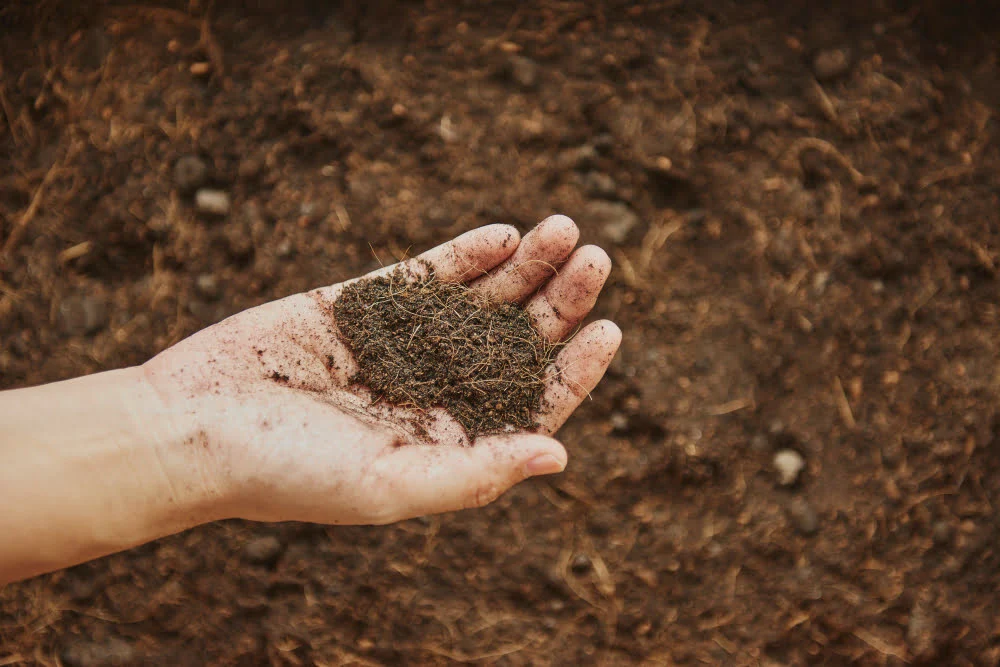
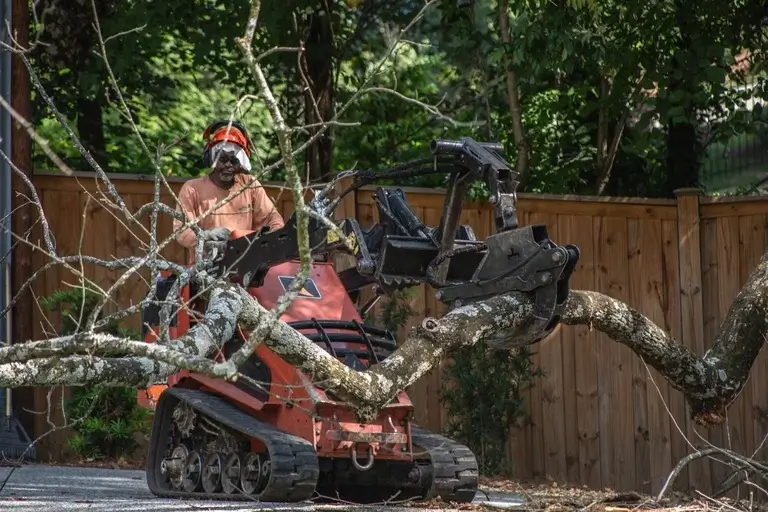
When Is Deep Root Feeding Necessary?
Are your tree’s leaves yellowing too early in the season? Have you noticed that your tree is growing slower than normal? These are only some of the telltale signs that it’s time for deep root feeding. You may want to also consider this service if:
- Soil compaction is preventing water and nutrients from penetrating the ground.
- Trees are planted in newly constructed or developed properties.
- The surrounding lawn or landscape is outcompeting the tree for available nutrients.
- A tree has been transplanted and is struggling to establish itself.
- There are visible signs of stress, like sparse foliage, branch dieback, or poor flowering.
At Herrington Tree Care, we assess each tree individually before recommending deep root fertilization. Our professionals will consider species, age, soil composition, and environmental conditions to determine the most effective course of action, whether that is fertilization or another service, such as tree pruning, tree spraying, or even root trimming.
What Is the Best Time of Year for Deep Root Fertilization?
In Savannah, GA, the ideal times for deep root fertilization are spring and early fall. These seasons provide optimal conditions for root uptake and nutrient absorption, supporting both immediate recovery and long-term development.
- Spring: As trees emerge from winter dormancy, they begin to rapidly produce new leaves, flowers, and branches. Supplying nutrients during this phase fuels that growth, resulting in fuller canopies, stronger branch structure, and enhanced flowering or fruiting.
- Early Fall: During this time, trees start storing nutrients and strengthening their root systems in anticipation of winter. A fall application of fertilizers can enhance root development and help trees withstand cold temperatures and rebound quickly in spring.
Both seasons offer excellent opportunities to support your trees’ natural biological rhythms. Our tree care professionals will help you decide the best schedule based on your specific landscape and goals.
